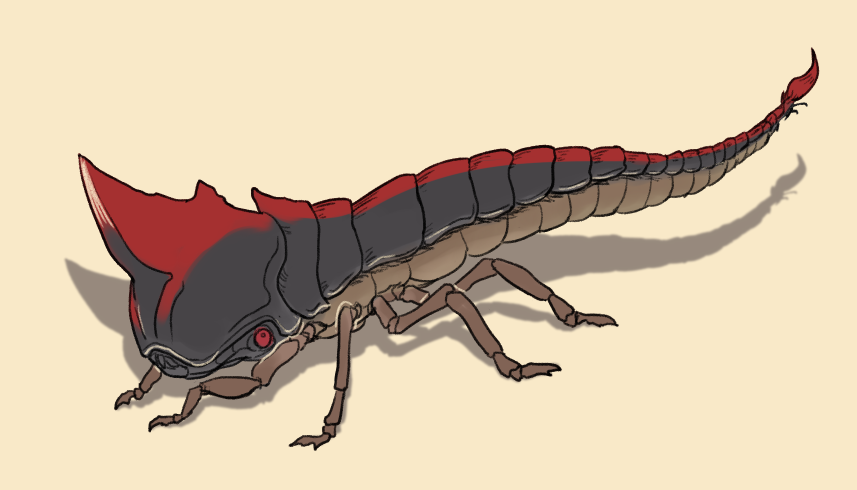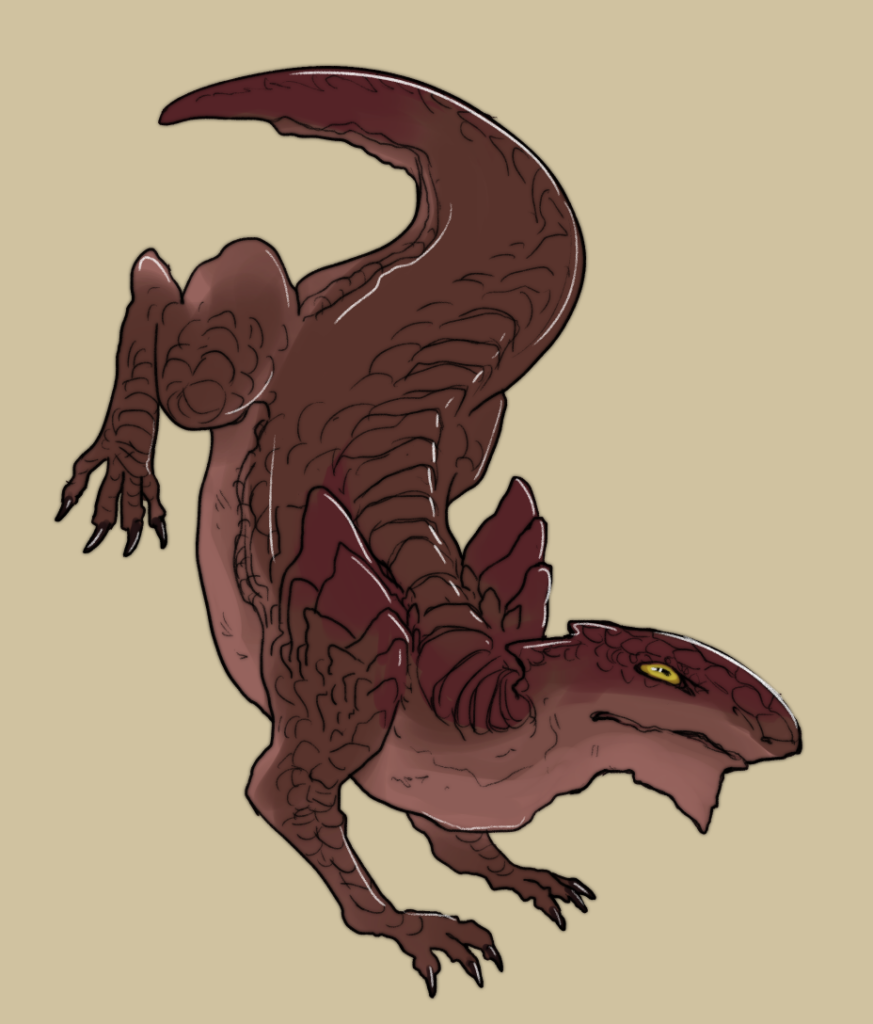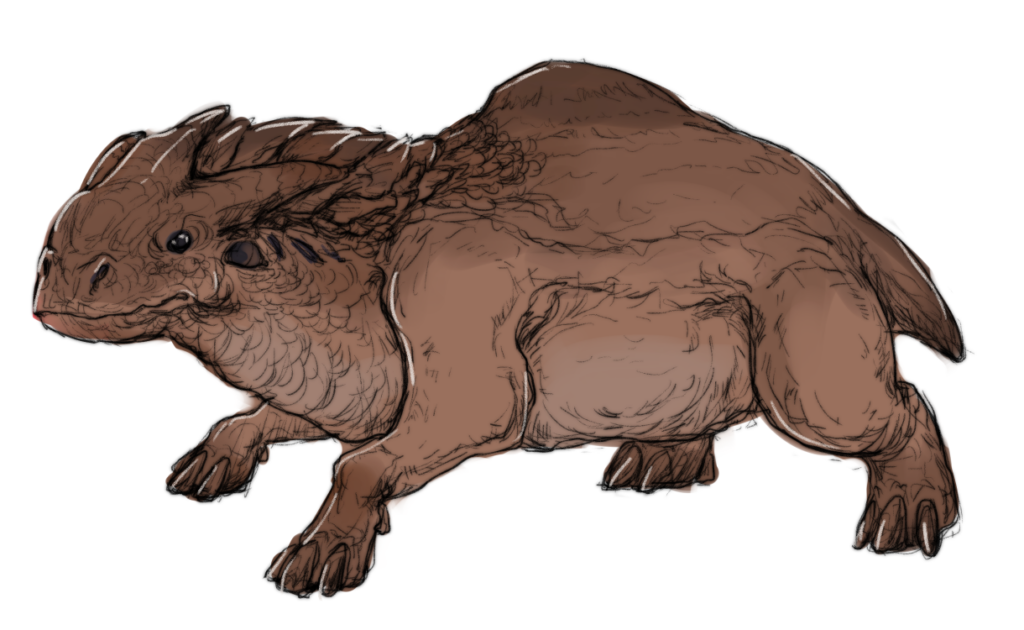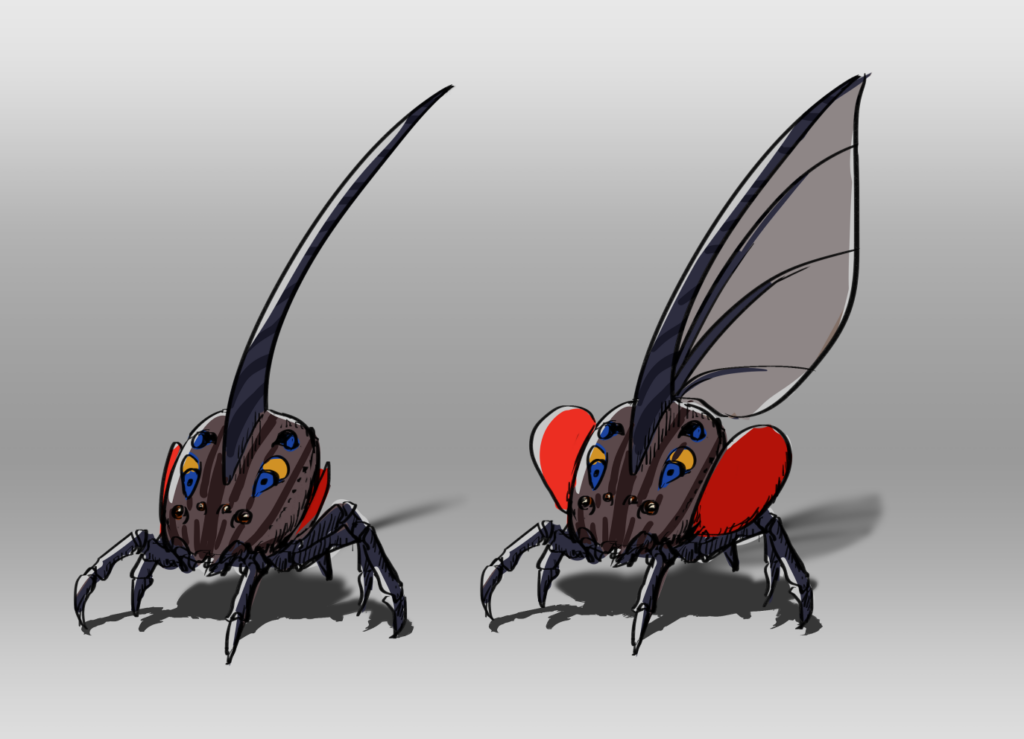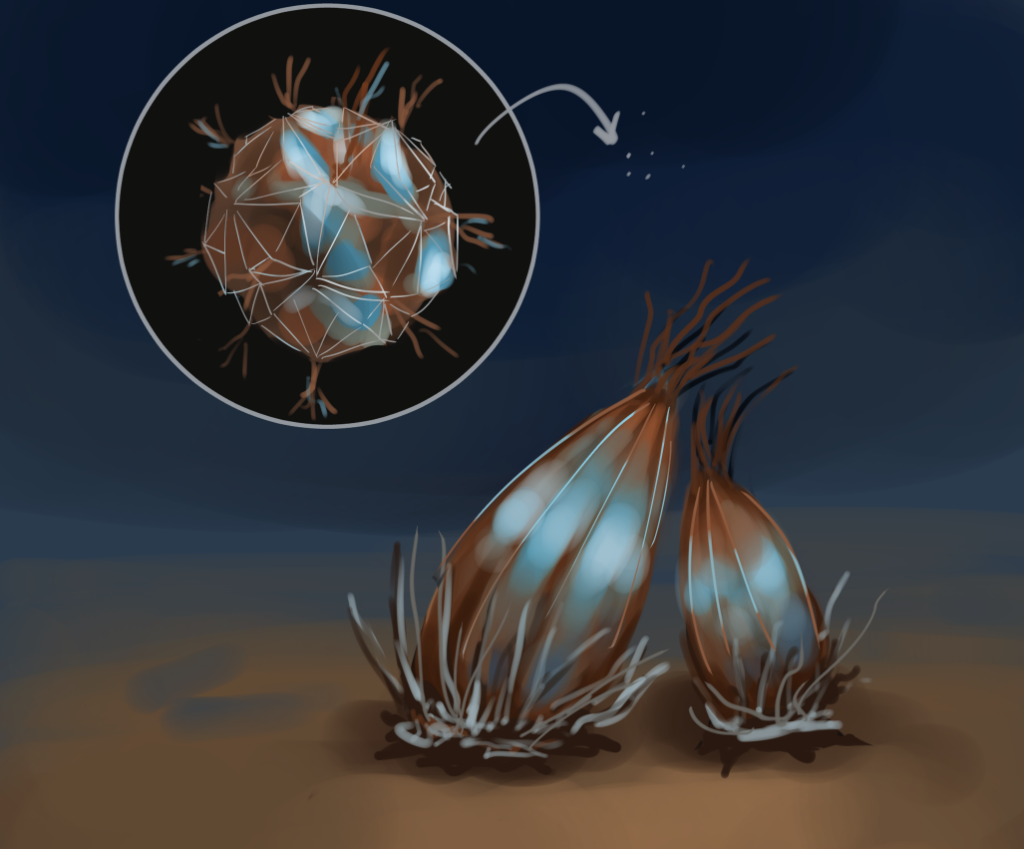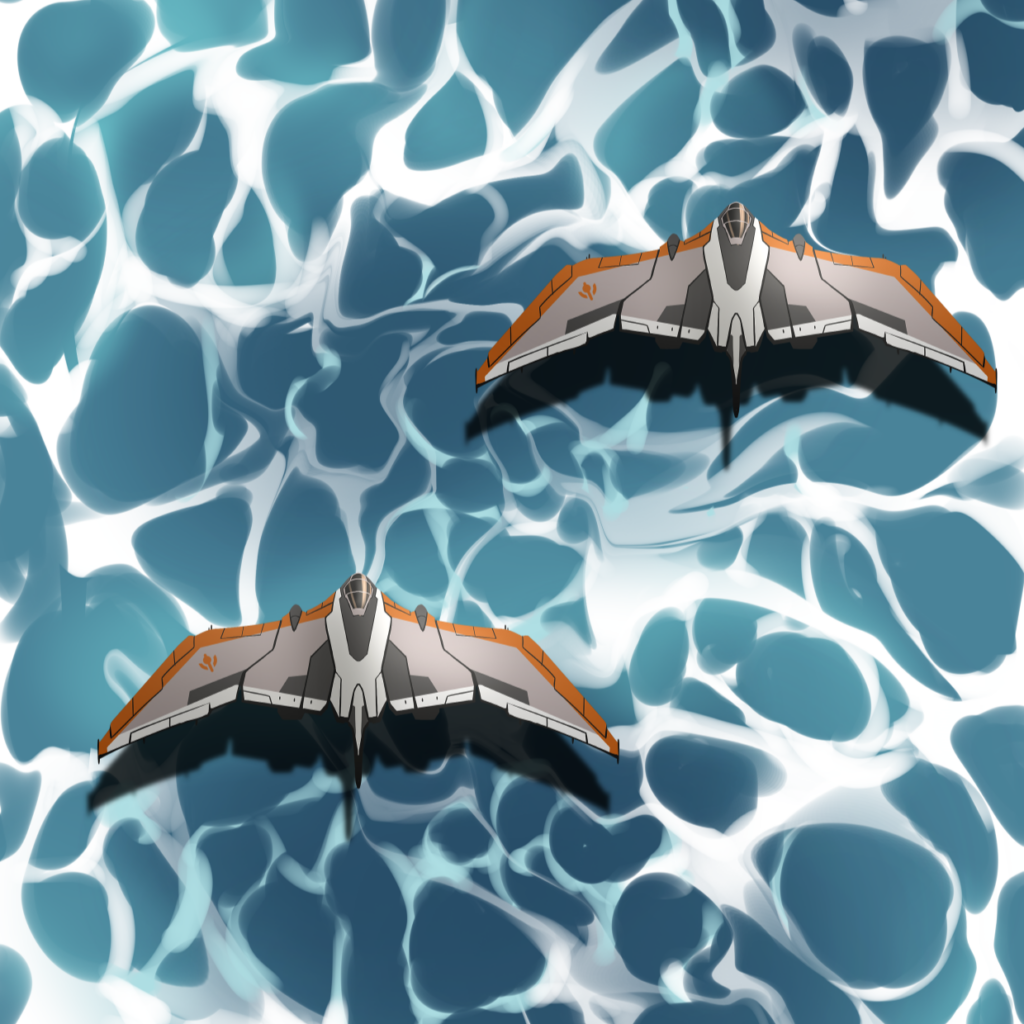
Cormorant-class seagliders are a type of medium-sized aircraft meant for fast powered flight over medium- to long-distances. They are often used as escort and reconnaissance vehicles by the Kaua Merchant Navy on the waterworld of HKC 2901 c. They have both single- and twin-seat variants, feature two pylons per wing, and a modest internal bay on its underside that can be outfitted with various equipment suites or light armaments.


